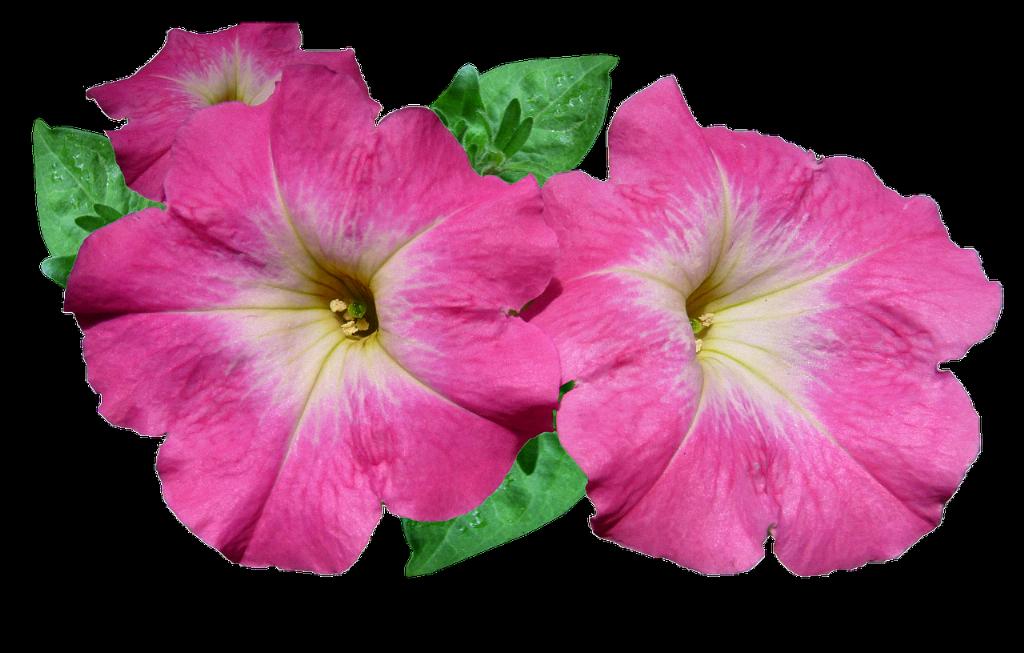Have you ever discovered mysterious holes and jagged edges on your beloved petunias? If so, you’re not alone. Petunias are delightful flowering plants that can fall victim to a variety of pests that dine on their foliage and buds. In this article, we will delve into the common culprits that may be feasting on your petunias, explore ways to identify these pests, and offer practical solutions to protect your vibrant blooms.
Identifying Common Pests
When it comes to petunias, there are several pests that gardeners should be on the lookout for. Aphids, those tiny, sap-sucking insects, can quickly colonize petunia plants, leading to distorted growth and yellowing leaves. Whiteflies are another common pest that can weaken petunias by feeding on their sap. Slugs and snails may also target petunias, leaving behind slime trails and chewed foliage. Lastly, caterpillars such as budworms and cutworms are notorious for munching on petunia leaves and flower buds, creating unsightly damage.
To detect these troublemakers, keep an eye out for telltale signs of infestation, including yellowing or distorted leaves, sticky honeydew residue, holes in the foliage, or visible pests on the plant. Conducting regular visual inspections of your petunias can help you catch pest problems early before they spiral out of control.
Preventative Measures
Prevention is key when it comes to protecting your petunias from voracious pests. Consider companion planting with insect-repelling flowers or herbs like marigolds, lavender, or basil to deter unwanted visitors. Natural repellents such as neem oil or diatomaceous earth can also be effective in keeping pests at bay without harming beneficial insects.
Control Methods
If pests have already taken up residence in your petunia patch, fear not. Organic pest control methods, such as handpicking caterpillars or using insecticidal soaps, offer environmentally friendly ways to manage infestations. As a last resort, chemical options like horticultural oils or insecticides can provide swift intervention, but caution should be exercised to avoid harming beneficial insects and pollinators.
When choosing a control method, consider the effectiveness, potential drawbacks, and impact on the environment to make an informed decision that aligns with your pest management philosophy.

Conclusion
In conclusion, maintaining healthy petunias requires proactive pest management strategies to safeguard your plants from common offenders. By identifying pests early, implementing preventative measures, and utilizing suitable control methods, you can enjoy a flourishing petunia display throughout the growing season. Remember, a little vigilance goes a long way in preserving the beauty of your garden favorites!
